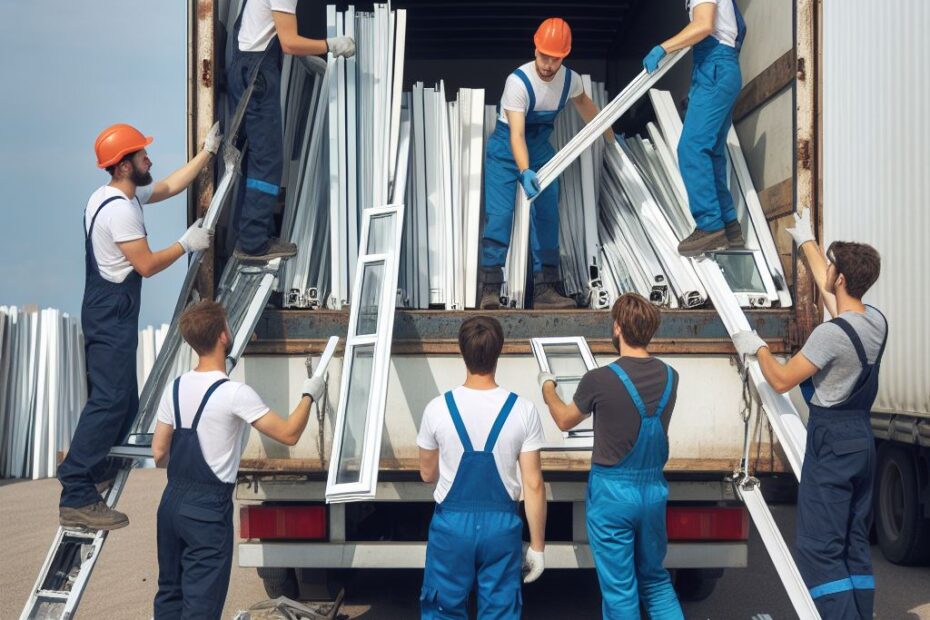In the evolving landscape of green building materials, uPVC windows have emerged as a frontrunner in Europe due to their superior energy efficiency and robust recyclability. These windows not only contribute to substantial energy savings but also boast a lower net carbon footprint compared to other window materials. This article highlights the environmental benefits of uPVC windows, underscoring their role in fostering sustainable building practices.
Low Carbon Footprint of uPVC Windows
uPVC windows are renowned for their excellent insulation properties, which play a pivotal role in reducing energy consumption in buildings. This energy efficiency is crucial in mitigating the carbon footprint associated with heating and cooling, making uPVC windows a preferred choice for eco-conscious builders and homeowners.
Production Efficiency
The production of uPVC windows is highly efficient, utilizing less energy compared to other materials like aluminum or wood. This efficiency is further enhanced by ongoing technological improvements that continue to reduce energy consumption and increase material yield.
Lifetime Energy Savings
Throughout their lifespan, uPVC windows maintain high performance with minimal maintenance. The energy conserved due to their superior thermal insulation significantly offsets the initial emissions from their production, resulting in a net positive environmental impact over their entire lifecycle.
The Recycling Success of uPVC Windows
Europe leads the way in the recycling of uPVC, with advanced systems in place that enable the efficient processing and reuse of old uPVC windows. This commitment to recycling not only conserves resources but also reduces the environmental impact of new material production.
VinylPlus Program
The VinylPlus initiative is a testament to the commitment of the European PVC industry towards sustainability. It reports that the recycling of uPVC in Europe has prevented millions of tonnes of waste from reaching landfills, demonstrating the material’s compatibility with eco-friendly waste management practices.
High-Quality Recycling
Thanks to modern technological advancements, recycled uPVC can be transformed into high-quality materials for new products. This includes the production of new uPVC windows, which are just as robust and efficient as those made from virgin materials. Such recycling capabilities underscore uPVC’s role in a circular economy, promoting sustainability at every stage of its lifecycle.
European uPVC windows are a stellar example of sustainable building materials that align with environmental goals. Their low carbon footprint, combined with their high recyclability, makes them a compelling choice for energy-efficient and sustainable construction. With continuous improvements in production and recycling technologies, uPVC windows are set to play a crucial role in shaping the future of green building materials, helping Europe advance further towards its sustainability objectives.
